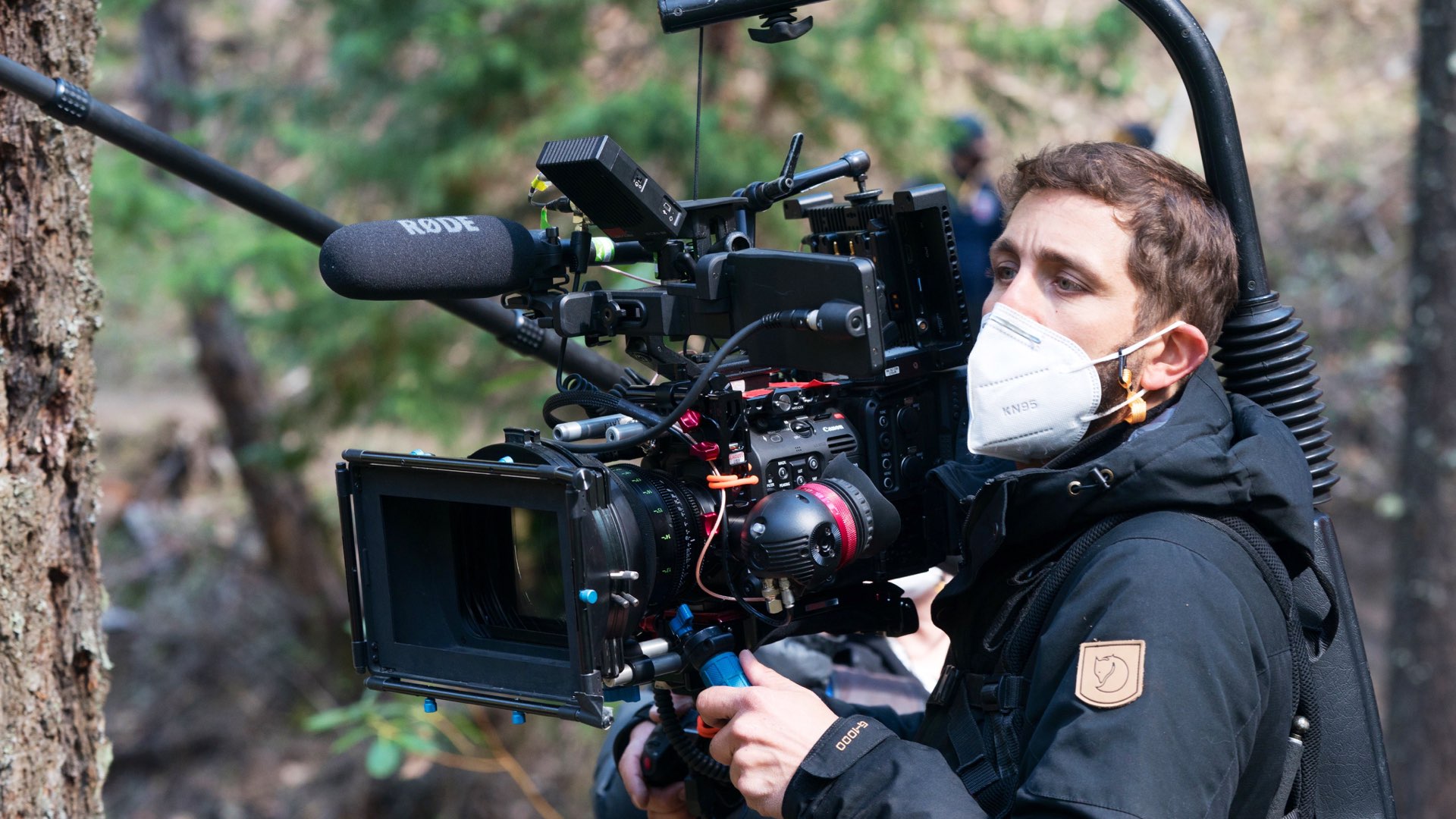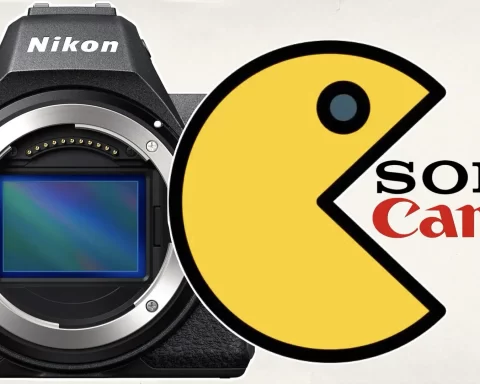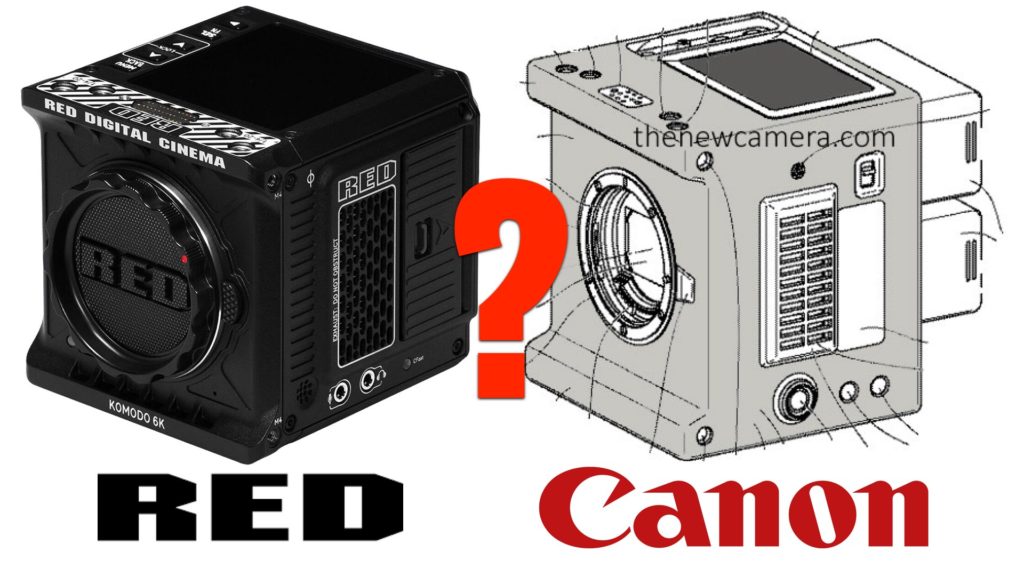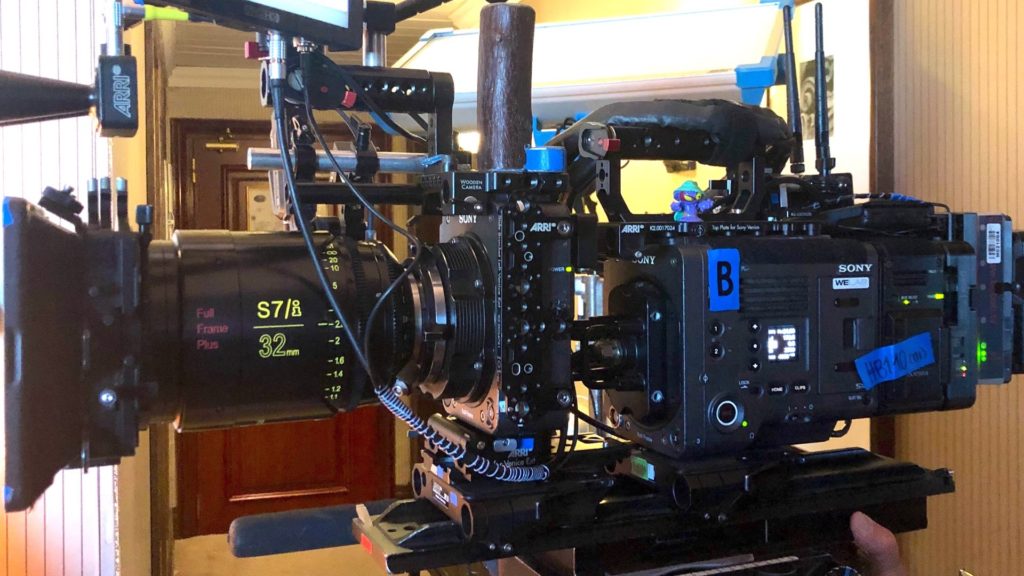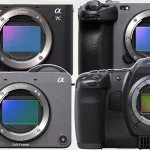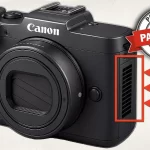‘YOU GO GIRL!’ is another official selection of the Sundance Film Festival 2022. The film’s Director of Photography Tyler Maddox tells us how he shot this selected short by utilizing his own Canon C500 Mark II and the Sumire Prime lenses. Explore the interview below.
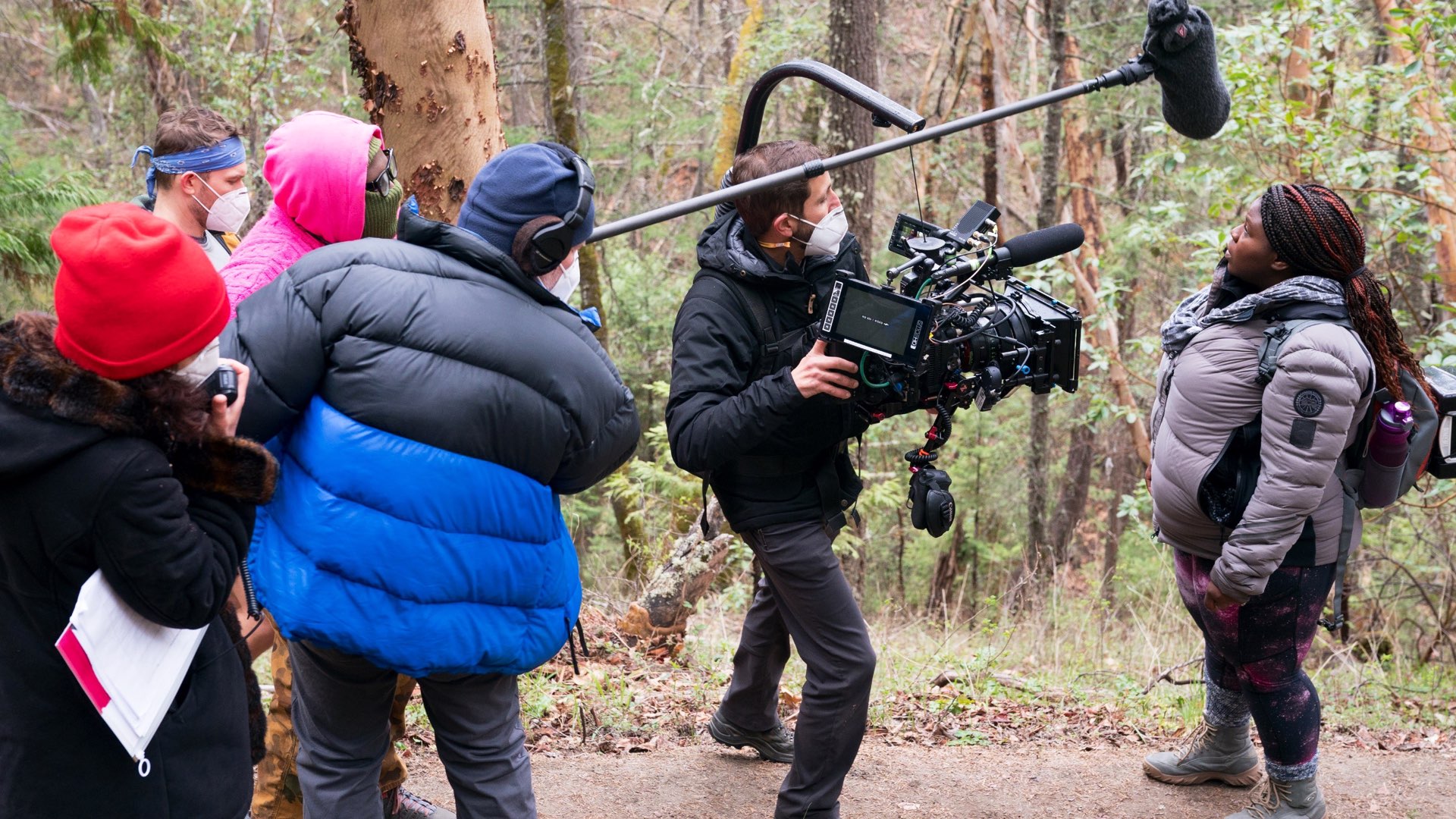
YOU GO GIRL!: Sundance 2022 Official Selection
The short film YOU GO GIRL! tells the story of Audrey, who is a New York City comedian that can make a joke of any situation, faces a staggering challenge in the beautiful mountains of Oregon. The film was directed by Shariffa Ali and shot by DP Tyler Maddox. Watch the trailer below:
We were also working with a small budget, but this camera is affordable to own. That’s a big deal for me. I’ve always liked owning cameras as opposed to renting them. When you own them, working them becomes second nature and you have more time to set them up and dial them in.
We interviewed Tyler regarding his cinematography challenges, technical choices, and approaches on crafting this short film. Read the interview below. Set photographer: Jenny Graham.
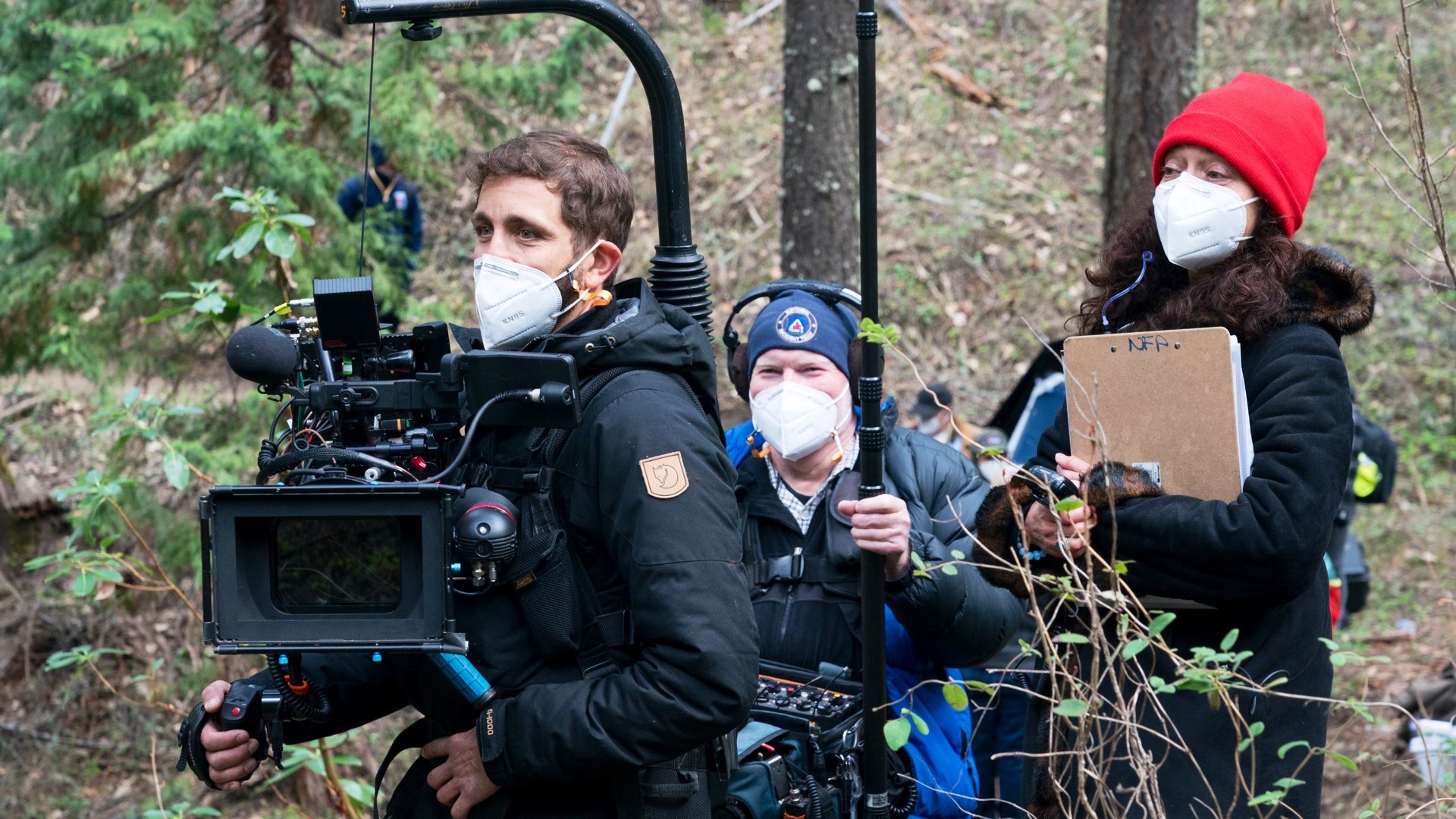
I think that a lot of the films in Sundance don’t necessarily stand out from a Cinematography perspective. It’s much more about the story and obviously, the Cinematography needs to silently support that storyline.
From photography to cinematography
Y.M.Cinema Magazine: Please let us know about yourself – a short bio focuses on your filmmaking career.
Tyler Maddox: I started out as a Photographer in 2001. I fell in love with the idea of making images and a career that could provide variety and adventure. In 2005 I started shooting video and offering production services to my clients. From there it’s been a whirlwind of a variety of projects and disciplines. I certainly have never been pigeon-holed into one style of shooting and love the variety that brings. Today I find myself on a different style of project nearly every week whether it be Commercials, Marketing, Docs, TV, or long & short form Narratives.
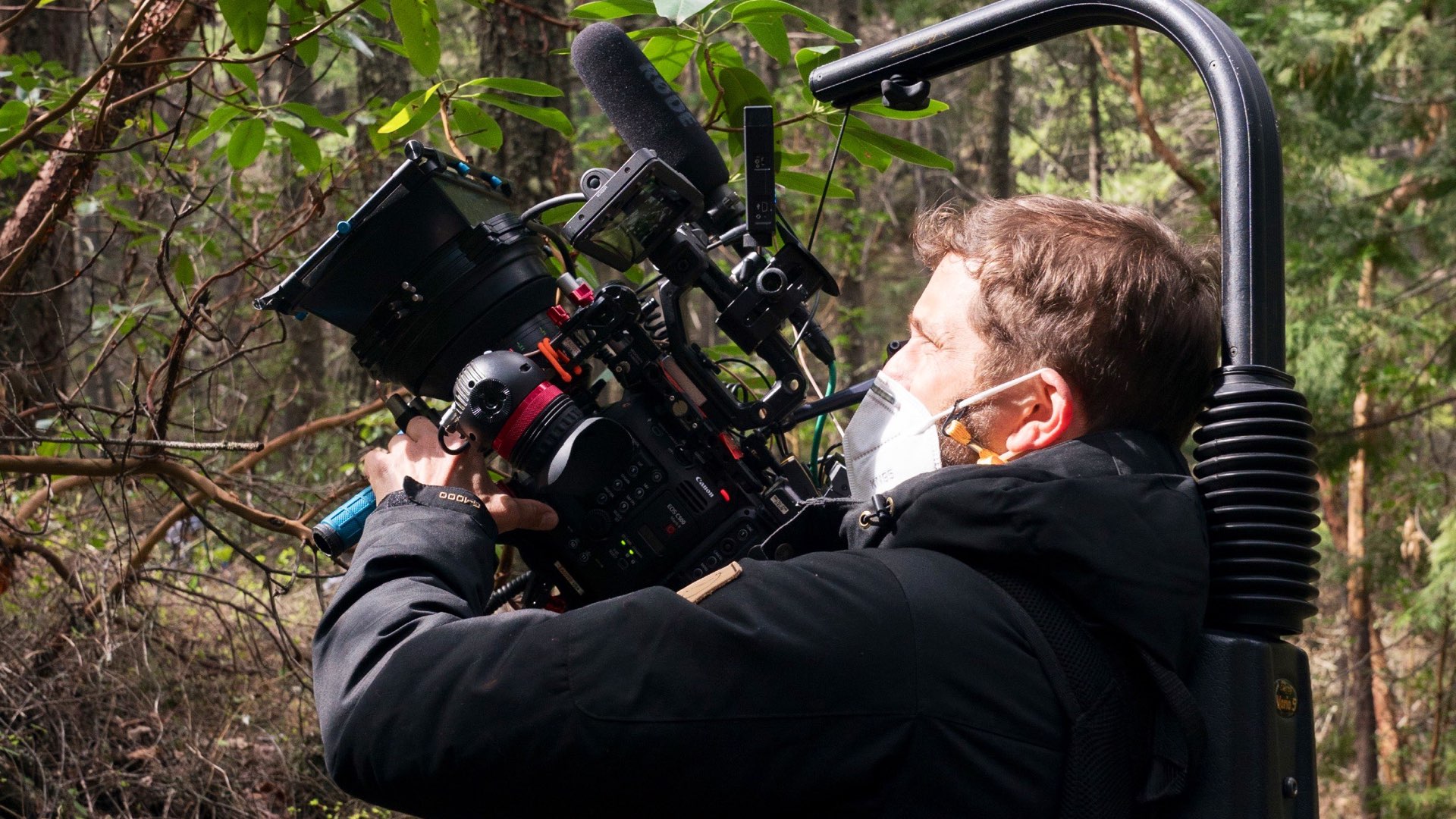
I certainly have never been pigeon-holed into one style of shooting and love the variety that brings.
The cameras: Canon C500 Mark II
Y.M.Cinema Magazine: What are the cameras used to shoot the film and why did you choose them for this specific project?
Tyler Maddox: We shot the film on my personal Canon C500 Mark II. It was the perfect fit for this project because we wanted to shoot in raw, have some cropping room for a 4k output (Shot in 6k), wanted a full-frame look, and needed to move fast so things like dedicated buttons and internal ND’s make a big difference in speed. We also needed it to be somewhat portable as we were filming in remote locations that we had to snowshoe into. We were also working with a small budget, but this camera is affordable to own. That’s a big deal for me. I’ve always liked owning cameras as opposed to renting them. When you own them, working them becomes second nature and you have more time to set them up and dial them in. I have mine setup with the extension back so we can run V-lock batteries. I like to run an EVF but didn’t want to give up the monitor, so I use a gratical EVF alongside the monitor. That provides the most flexibility for me.
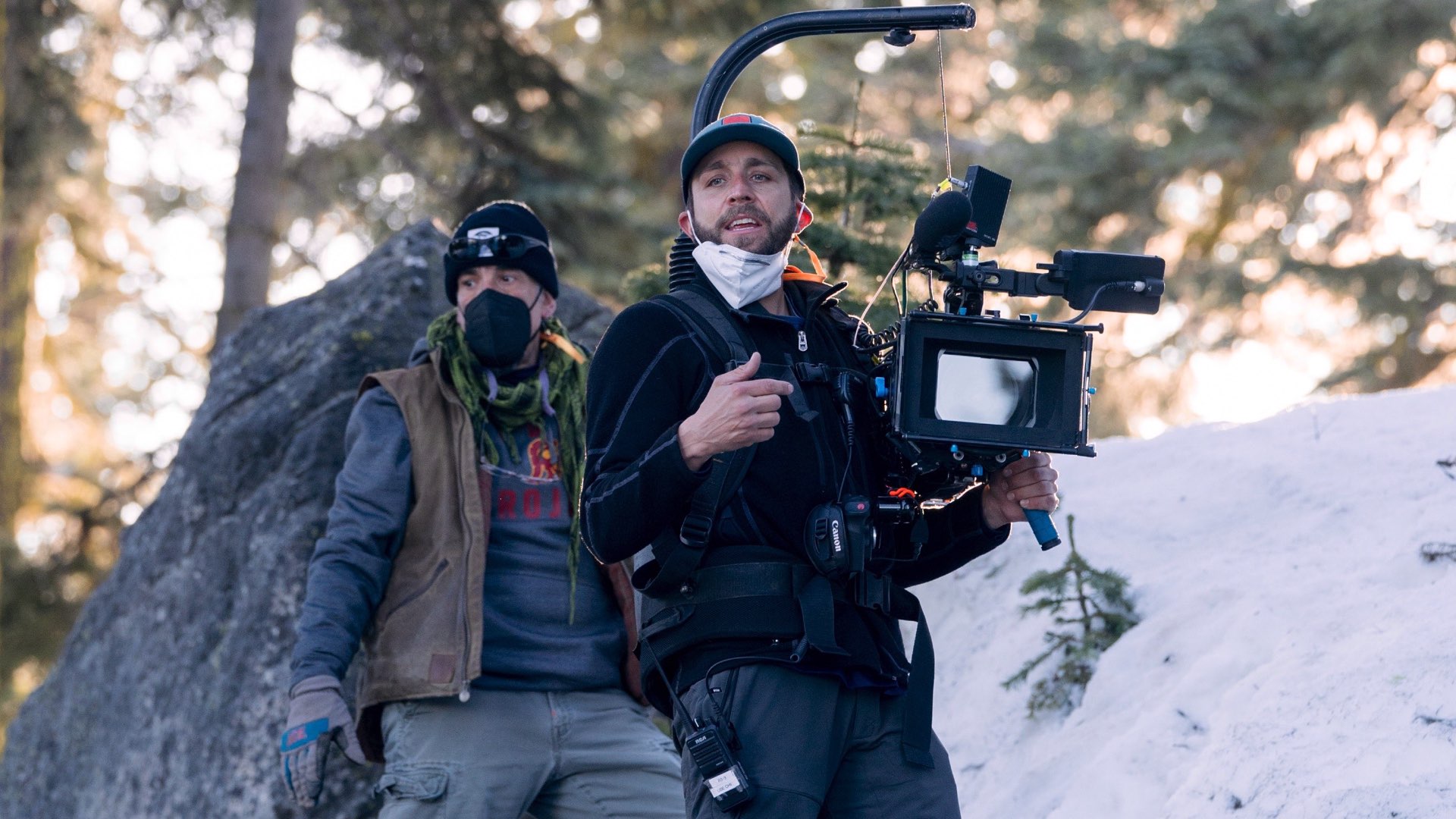
We wanted a full-frame look, and needed to move fast so things like dedicated buttons and internal ND’s make a big difference in speed.
The lenses: Canon Sumire Primes
Y.M.Cinema Magazine: What are the lenses used to shoot the film and why did you choose them for this specific project?
Tyler Maddox: We shot our film on Canon Sumire primes. That has been a go-to lens option for me ever since they came out. I think they have a great look and feel that is in line with Canon’s reputation for great color & spot-on skin tones. I also love having a fast prime that can open to T1.5. I own a lot of EF glass but the Sumire’s are PL. Having the ability to change from EF to PL on the C500ii is just one more reason why this is the perfect camera for me.
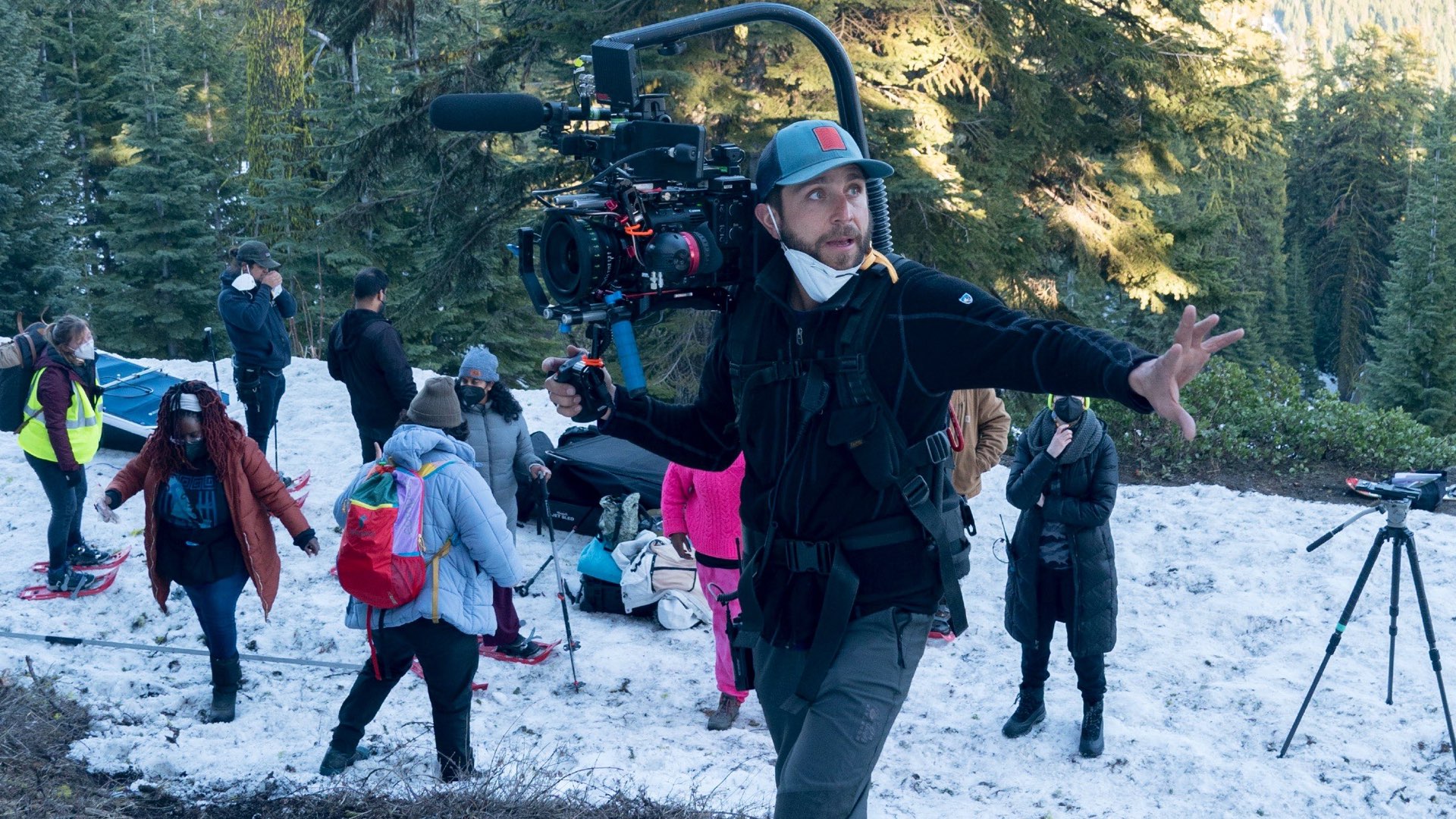
We shot our film on Canon Sumire primes. That has been a go-to lens option for me ever since they came out.
Chosen codec: Raw
Y.M.Cinema Magazine: Please elaborate on the chosen codecs (Canon’s codecs)
Tyler Maddox: We chose to shoot in raw for this project to give us the most flexibility in the grade. The non-raw XF-AVC is also a terrific codec that I use on a lot of bread & butter jobs that might not need as much flexibility in post. When it really counts, and I think we may push things in the grade, I like to shoot raw.
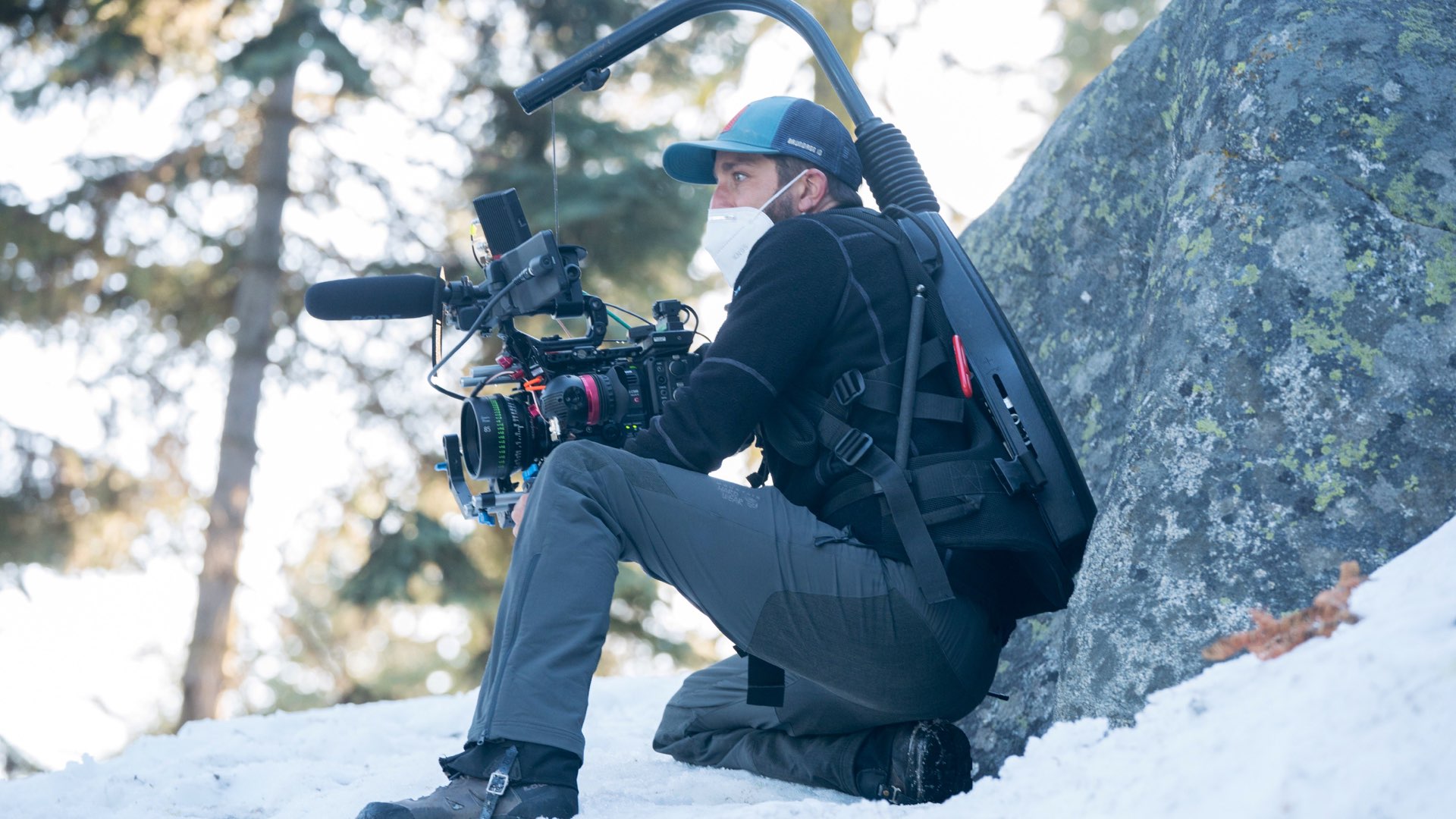
We chose to shoot in raw for this project to give us the most flexibility in the grade.
The technical challenges
Y.M.Cinema Magazine: What were the main technical challenges of shooting the film?
Tyler Maddox: We didn’t pull off anything too technical. Most of the shooting happened handheld with an EZ-Rig or locked off or on a slider. Our biggest challenge was shooting in some remote locations that we had to hike or snowshoe into. The crew had to hike in a lot of equipment and in the snow we used utility sleds to haul lighting and grip along with battery banks, monitors, and lenses.
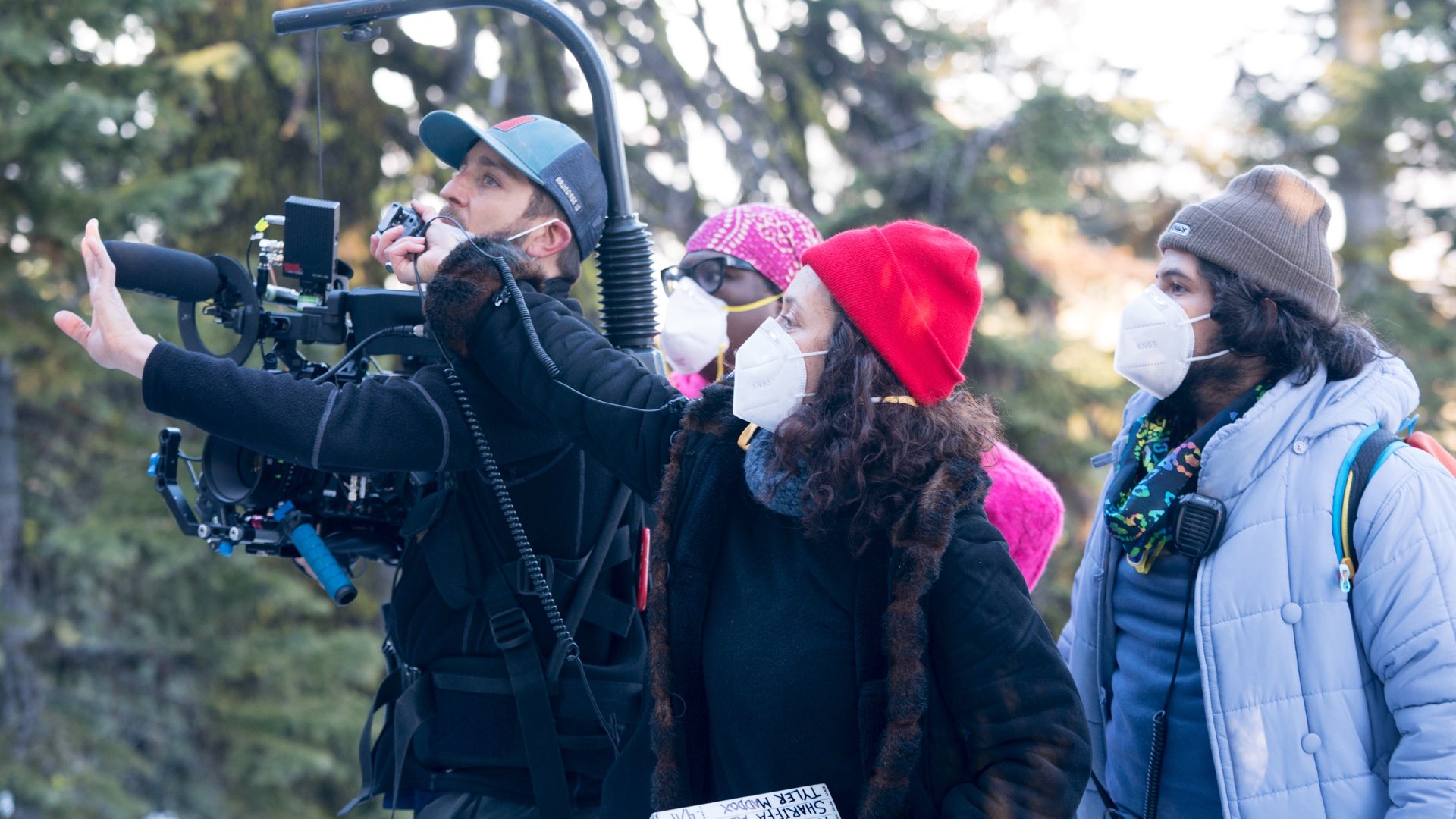
We didn’t pull off anything too technical. Most of the shooting happened handheld with an EZ-Rig or locked off or on a slider.
Takeaways
Y.M.Cinema Magazine: In every project, we (the cinematographers) learn something new. What did you take from this project to be implemented on future projects (takeaways)?
Tyler Maddox: One takeaway for me on this project was to not be afraid to push and ask for things that you know will help tell the story visually, but might demand a lot from everyone else. The DP is often the decision-maker and can be the bearer of bad news for the crew. “We need a 3 am call time” “We need to push the location owner AGAIN to allow us to haze it”, “We need everyone to hike in the snow and come out after dark, hauling all sorts of heavy gear” etc… Sometimes it’s not easy to be the one to make those calls, knowing that your putting a lot of people out, but if you know it will help the story, push for whatever you need. For some this is easy, but I have a bit more of a passive personality, so this is something I’ve had to overcome.
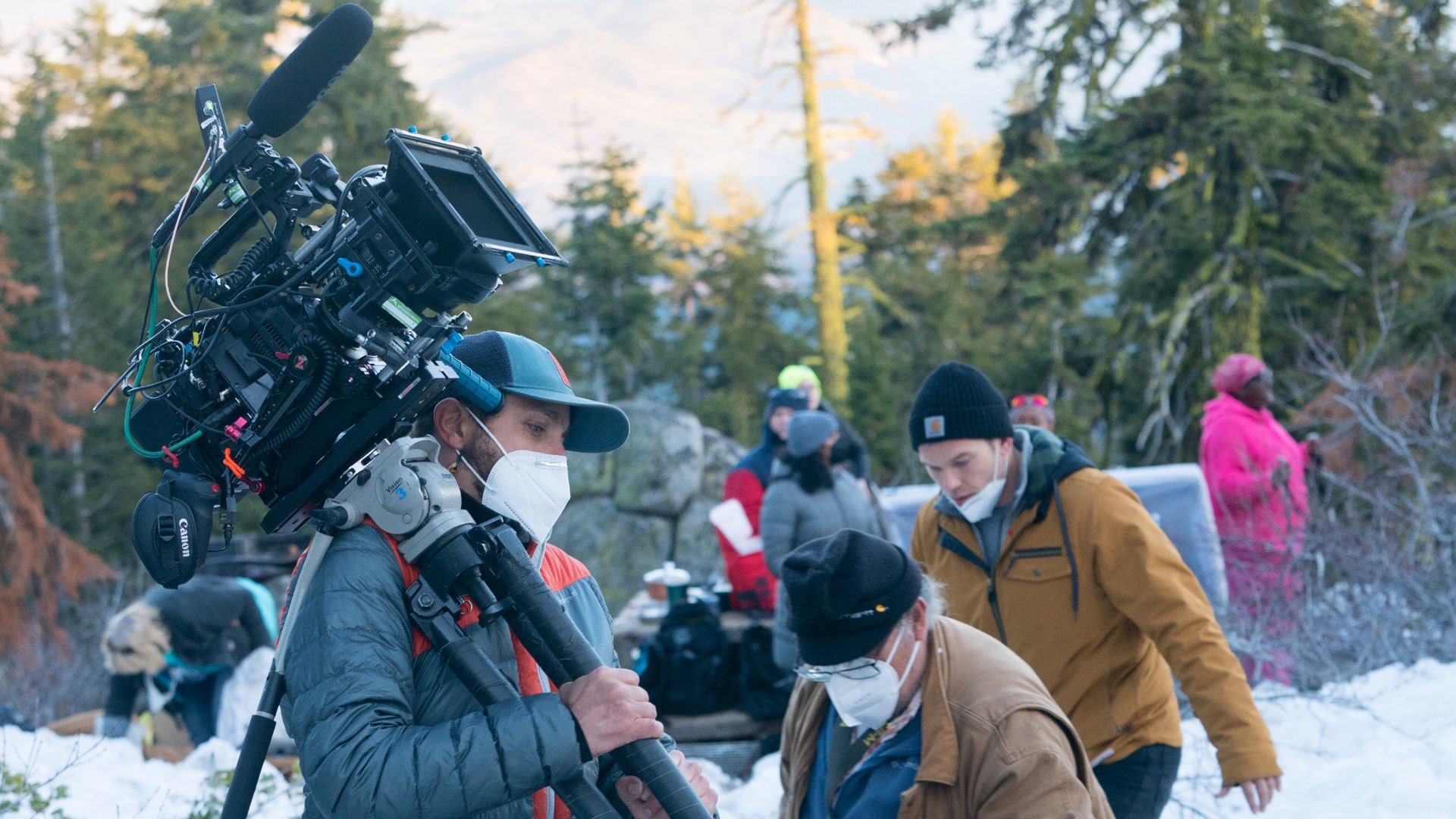
One takeaway for me on this project was to not be afraid to push and ask for things that you know will help tell the story visually, but might demand a lot from everyone else.
Shooting for Sundance
Y.M.Cinema Magazine: Does shooting for Sundance demand some specific technical requirements?
Tyler Maddox: In terms of technical requirements, getting into Sundance doesn’t require anything different than the normal projects we work on as Cinematographers. Storylines and trends within current topics seem to be bigger differentiators than anything technical.
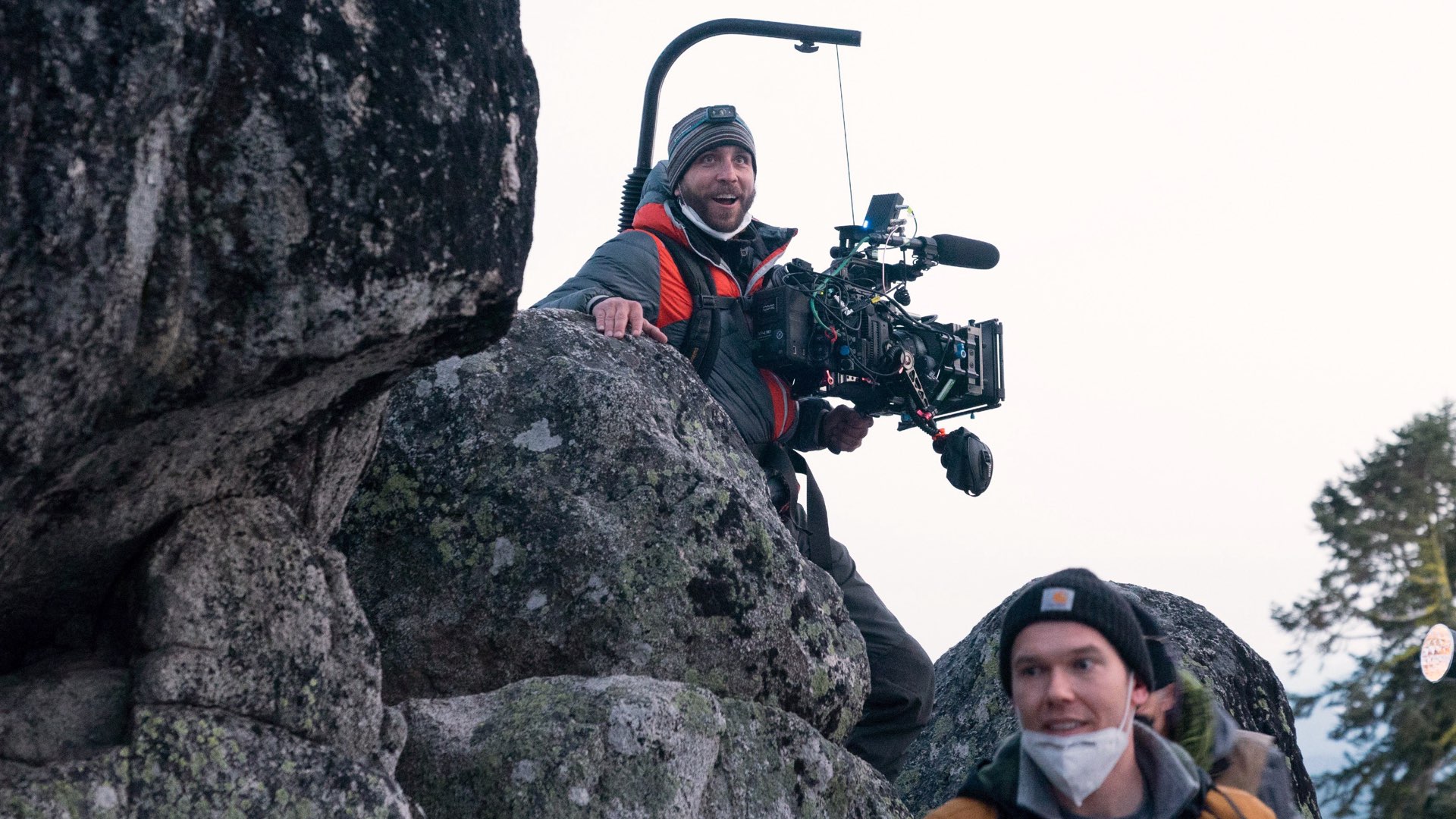
Storylines and trends within current topics seem to be bigger differentiators than anything technical.
Tips & tricks
Y.M.Cinema Magazine: Please grant some tips and tricks for cinematographers who are eager to be selected to Sundance. What can make your film be chosen from 9,000 projects?
Tyler Maddox: Well, obviously it has to be shot well, but I think that a lot of the films in Sundance don’t necessarily stand out from a Cinematography perspective. It’s much more about the story and obviously, the Cinematography needs to silently support that storyline. Starting with an interesting and current story and then working on how to shoot it will get you much further than starting with something visually interesting to shoot and then trying to figure out a story based on that.
Product List
Here’re the products mentioned in the article, and the links to purchase them from authorized dealers.
- Canon EOS C500 Mark II Full Frame Cinema Camera
- Canon Sumire Prime Cinema Lenses

